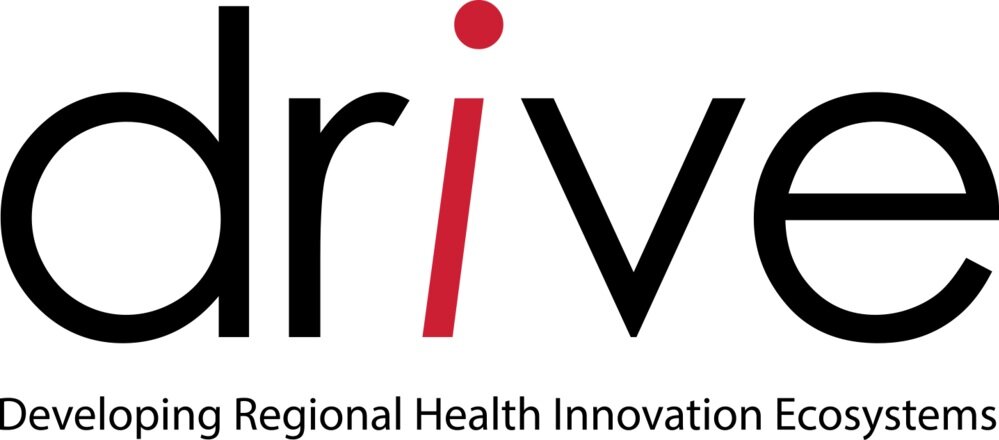There is a lot of talk about innovation in the health and aging sector. With population aging and fiscally restrained government budgets, it seems like everywhere you turn someone is talking about the importance of innovating in this area. But, which communities are actually diving in and doing the work?
Over the past year, our DRiVE has been actively seeking a range of communities at different stages in the development of their Regional Health Innovation Ecosystem (RHIE). It was a tough decision, but we selected four locations and have visited each over the past 18 months to learn from and better understand their journeys.
Our latest exploration took us to the internationally recognized and mature RHIE in Boston, MA. From April 17th to 21st 2017, two of our DRiVE researchers, Drs. Kuschel and McNeil travelled to the Boston area to explore the ecosystem and conduct key informant interviews..
As many of you reading this blog will know, Boston IS health. Everyone we spoke to described health and health care as central to the region of Boston, with one key informant sharing, “health is just what we do here”.
What may be less well known by those of you reading this, is that innovation specific to the aging process and focused on the improvement of quality of life across the life course is emerging within this RHIE in a substantial way. What we were told is that understanding Boston is like “putting together a 1, 000 piece puzzle”. Translated…this is WAAAY more complex that you think.
When trying to describe the key players in the ecosystem, and the work that is going on to connect institutions, governments, industry, non-profit groups and individuals within the RHIE, many key informants used the word “complex”. Ironically they consider that complexity both a potential challenge, but also a key component of the success of the RHIE in aging innovation.
The challenge comes because of the sheer volume of players in the space. Imagine the work of bringing diverse players and resources to work together … one person said that brokering the relationships amongst those who need to be engaged to make the ecosystem work, can feel like “drinking from a fire hose”.
On the flipside complexity is also key to the success of the aging innovation space within the Boston RHIE. One benefit of complexity is the diversity of the innovation occurring in the ecosystem for aging. To bring this complexity alive, and to showcase some of the incredibly exciting work that’s happening in and around the Boston region, here are a few examples that really struck us as being blog-worthy!
Pulse @MassChallenge
As an engine for the innovation community in Boston, Pulse@MassChallenge bring organizations together to focus on “wicked” problems – this year it’s aging. Their program supports local start-ups in Digital Health such as Cake and CareAcademy. Check out the links – these new startups are doing important work and have young, dynamic leaders who are facing health challenges health on.
Northeastern School of Nursing’s Innovation and Entrepreneurship
Northeastern School of Nursing’s Innovation and Entrepreneurship initiative is an innovative approach to encouraging leadership in nurses. We were grateful to meet with program director, Rebecca Love who is spearheading the events, programs, and new educational pathways that are making innovation, entrepreneurship and business central to the training nurses receive. Programs like these will effect real change in the health and aging space by helping to unleash the creativity of thousands of nurses who are experts in working around healthcare systems designed in the 19th century.
The Village of Beacon Hill
Socially, Boston has been innovating in aging at a community level since the 1990’s with the establishment of a grass roots movement driven by older adults supporting each other to age in their communities. Some of you may be familiar with the Village to Village project (we even had a chance to speak with the original village in Beacon Hill, Boston!).
Another key piece of the Boston RHIE puzzle for aging innovation, is leadership. We saw this at multiple levels, from the city through their Age Friendly Boston Report highlighting the diversity of the older adult population, to the state which is actively providing support for issues related to aging. Right before our visit to Boston, the Governor, Charlie Baker, announced a council to support aging through policy and innovation. We were also delighted to meet, Secretary Alice Bonner of Elder Affairs whose vibrant leadership in this area was noted by many of the people we spoke to in the ecosystem.
Exploring the aging and health innovation ecosystem in Boston energized us. We are looking forward to analyzing the wealth of information we came home with and staying connected to those who are doing this important work putting the 1,000 piece puzzle together.





